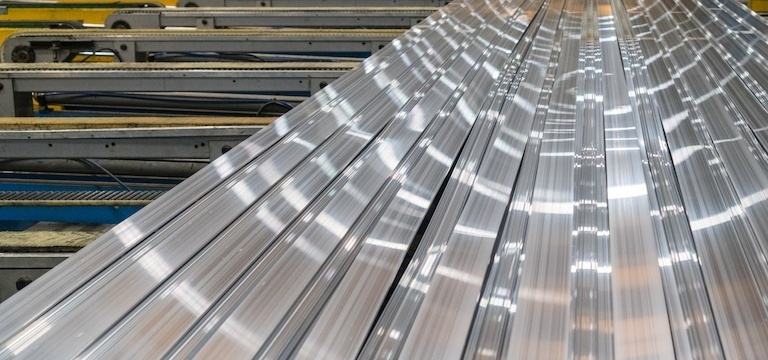For sheet metal manufacturers spin the rolled steel into coils and leave it to cool.
Hrs vs crs sheet metal.
Cold rolled steel march 21 2013 when choosing materials for a job it is important to know the difference between the different types of steel available how it is used and the advantages of including it in your industrial or construction project.
Cold rolled steel by john brennan hunker may earn compensation through affiliate links in this story.
To help this blog will explain the gauge system and features a sheet metal gauge chart.
Two kinds of steel you will.
Thus a 10 gauge steel sheet which has a thickness of 0 1345 inches will weigh.
For other forms such as bars and plates materials are sectioned and packaged.
Galvanized steel offers enhanced corrosion resistance.
For other materials such as aluminum and brass the thicknesses will be different.
The pickling process consist of applying dried oil to the steel s surface in order to prevent rusting.
Hot rolled steel vs.
Despite the name this process refers to steel that is pressed with the pressure of a roller at room temperature.
Generally hot rolled plate surface smoothness cannot meet the requirements so hot rolled steel strip needs cold rolling and the minimum thickness of hot rolled steel is general at 1 0 mm while cold rolling can.
Hrpo flat rolled steel is ideal for plate burning and plasma cutting processes in order to manufacture and machine smaller more precise steel components and parts out of hrpo sheet and.
All steels are alloys of carbon and iron but different steel products may vary either in their composition or in the process used to make them.
This is known as the manufacturers standard gage for sheet steel.
As you might suspect the manufacturing process behind cold rolled steel is a bit different.
Once the coil is bathed in acid it is pickled.
When working with sheet metal it is common for the term gauge to be used someone unfamiliar with the gauge system may not understand what is meant by 18 gauge steel for example.

